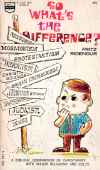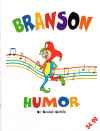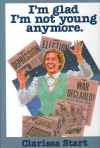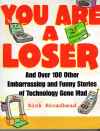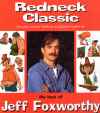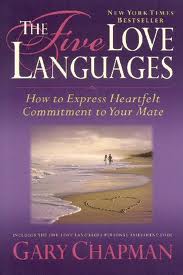 This book offers a template through which you can view the relationship with your significant other, typically a spouse as this is a lightly Christian-flavored book (although it’s lighter than something like So What’s The Difference, so non-Christians can get something from this book if Christianity does not offend them). Chapman identifies five distinct silos of behavior types to which classify interactions with one’s significant other (or others–more on that later). He uses the metaphor of a “love tank,” a vessel that holds positive feelings towards one’s SO, which is constantly draining but that you can fill up with one or more actions in the template.
This book offers a template through which you can view the relationship with your significant other, typically a spouse as this is a lightly Christian-flavored book (although it’s lighter than something like So What’s The Difference, so non-Christians can get something from this book if Christianity does not offend them). Chapman identifies five distinct silos of behavior types to which classify interactions with one’s significant other (or others–more on that later). He uses the metaphor of a “love tank,” a vessel that holds positive feelings towards one’s SO, which is constantly draining but that you can fill up with one or more actions in the template.
The five love languages (sorry, apparently this is a registered trademark, more appropriately The 5 Love Languages®) are:
- Words of Affirmation, which is saying something nice.
- Quality Time, doing something together.
- Receiving Gifts, which relies on physical tokens.
- Acts of Service, which is doing something for someone.
- Physical Touch, which is pats, hugs, holding hands, and sex.
So finding your partner’s primary love language and showing love for your partner will help to “top off” that love tank and keep the relationship strong and healthy. Okay.
Well, it is a new framework in which to view one’s relationship, and by thinking of the relationship and the trappings/interactions of the relationship qua relationship, I can see where this is helpful. However, the book focuses a lot on primary love language, where I can see how using more than one of them as expressions of love in daily interactions can be more beneficial still than only focusing on one (although one might have primacy over the others, yes, I get that).
Chapman explains or wonders whether the source of the primary love languages stems from youth, what the child lacked at home or how the child saw his parents interact and chose to emulate or reject those patterns of behavior. That can be a little forensic, really, and what matter most is in the present application of the framework.
The book is told as a series of composite sketches, where Chapman talks to people or couples and they have epiphanies every chapter. I guess I can live with that fictionalized dramatic recreations of complete conversations. But after he gets through with his thesis, Chapman tacks on a couple chapters of further examples that were a bit superfluous and includes a chapter of using the framework with your children, which I didn’t find consistent with the premise that the source of the primary love language came from childhood. I can see it being something on the nature side of the ledger, but in the first chapters, the source of the primary love language comes from the nurture side. I dunno. Didn’t work for me.
So it’s an interesting read and might be a new framework, a template for considering your interactions with others, but it’s just a template, ultimately, and if or how you choose to apply it should remain up to you.
Books mentioned in this review:
 When I wrote about my visit to Smallin Civil War Cave last month, I mentioned this book, which is a book about Ozark caves that the Smallin Civil War Cave’s proprietor wrote about caves in the Ozarks. He wrote this book before he bought and ran the cave.
When I wrote about my visit to Smallin Civil War Cave last month, I mentioned this book, which is a book about Ozark caves that the Smallin Civil War Cave’s proprietor wrote about caves in the Ozarks. He wrote this book before he bought and ran the cave.


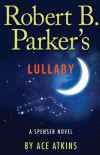
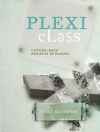
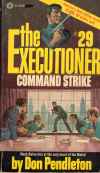
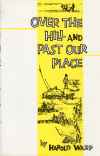

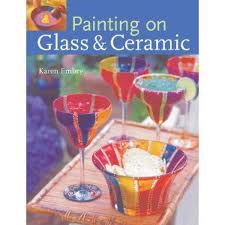
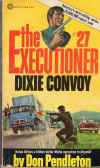
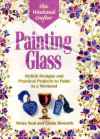
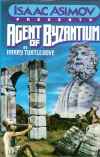
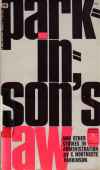

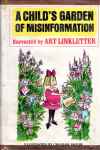
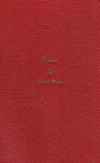 This book is a collection of poems by a religious housewife written in 1959 and 1960 in the Ozarks. It’s a regional book with probably no national distribution, but the woman (or her family) thought enough of them to publish them in hardback. The book includes some penciled or penned corrections and some poems cut and pasted onto blank pages at the end. It’s signed by the author, of course, but not inscribed, which means she might have given the book to someone she didn’t know. How odd.
This book is a collection of poems by a religious housewife written in 1959 and 1960 in the Ozarks. It’s a regional book with probably no national distribution, but the woman (or her family) thought enough of them to publish them in hardback. The book includes some penciled or penned corrections and some poems cut and pasted onto blank pages at the end. It’s signed by the author, of course, but not inscribed, which means she might have given the book to someone she didn’t know. How odd.